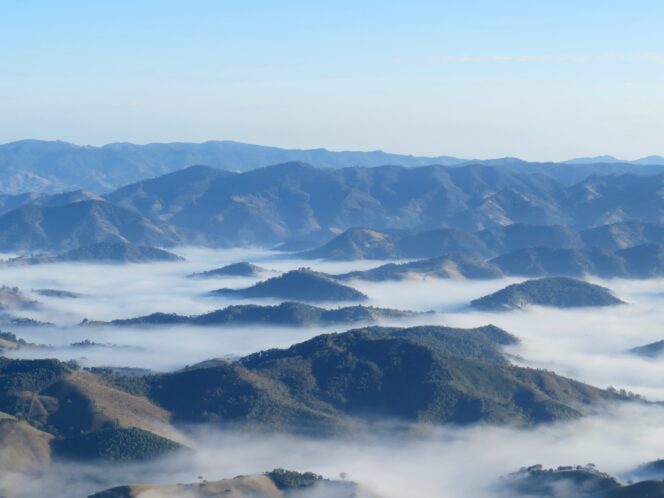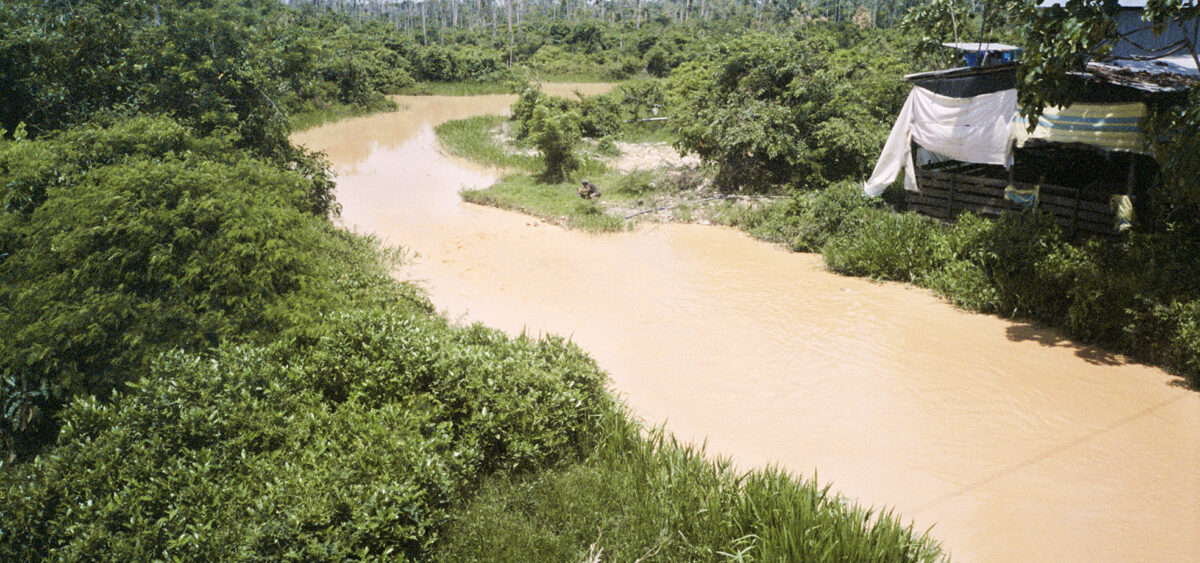
Looking at death can make you start dying. The photographer’s eye has no natural protective layers; no special screen or filter. It absorbs and sucks in everything it sees. Death invaded Sebastião Salgado through his camera lens in 1994, when he was documenting the bloody slaughter in Rwanda.
What he loved the most about photography – the possibility of encapsulating a fleeting moment forever on film – became his curse. The deaths he captured in his photographs would remain etched inside him, in his mind and body. After his return from the Rwandan hell, Salgado began suffering from various ailments. Infections were blooming all over his body. When making love with his wife, he would ejaculate blood instead of semen. After a series of tests, his doctor told him: “Sebastião, you aren’t ill. Your prostate is in perfect condition. But you have seen so much death you are starting to die yourself. You must stop doing what you do, or you will end up dead.”
And so the photographer decided to go








